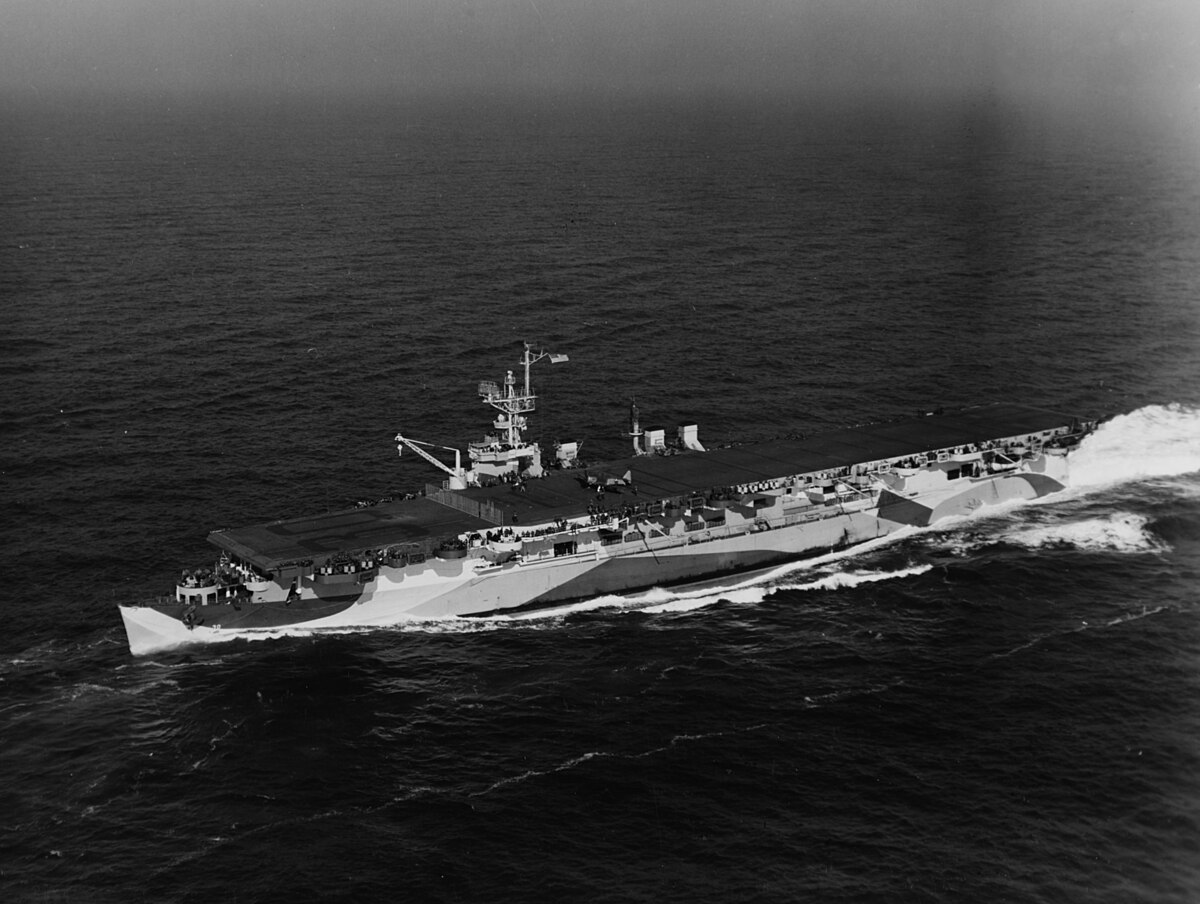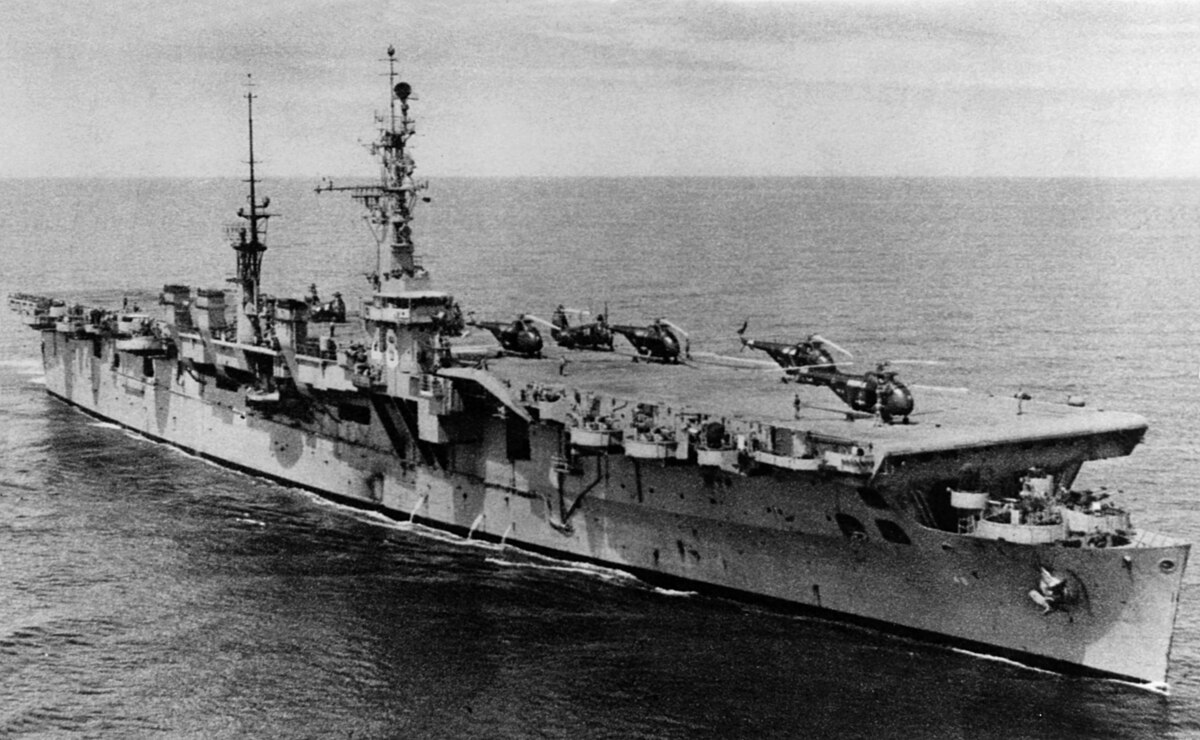As said in the tin.
Essex class to foreign navies has been discussed to death, including at AH.com (80 pages so far !)
The Saipans were small but at least they were very fast, 33 kt. And much more stable, thanks to trading a Cleveland CL for a Baltimore CA hull.

 en.wikipedia.org
en.wikipedia.org

 en.wikipedia.org
en.wikipedia.org
OTL France and Spain got three Independance-class carriers - Dedalo, Lafayette, Bois Belleau.
Why weren't the two Saipans sold to foreign navies after WWII ?
Whatif more Saipans were build ? or France got the two ? or Spain ?
Essex class to foreign navies has been discussed to death, including at AH.com (80 pages so far !)
The Saipans were small but at least they were very fast, 33 kt. And much more stable, thanks to trading a Cleveland CL for a Baltimore CA hull.

Independence-class aircraft carrier - Wikipedia

Saipan-class aircraft carrier - Wikipedia
OTL France and Spain got three Independance-class carriers - Dedalo, Lafayette, Bois Belleau.
Why weren't the two Saipans sold to foreign navies after WWII ?
Whatif more Saipans were build ? or France got the two ? or Spain ?
